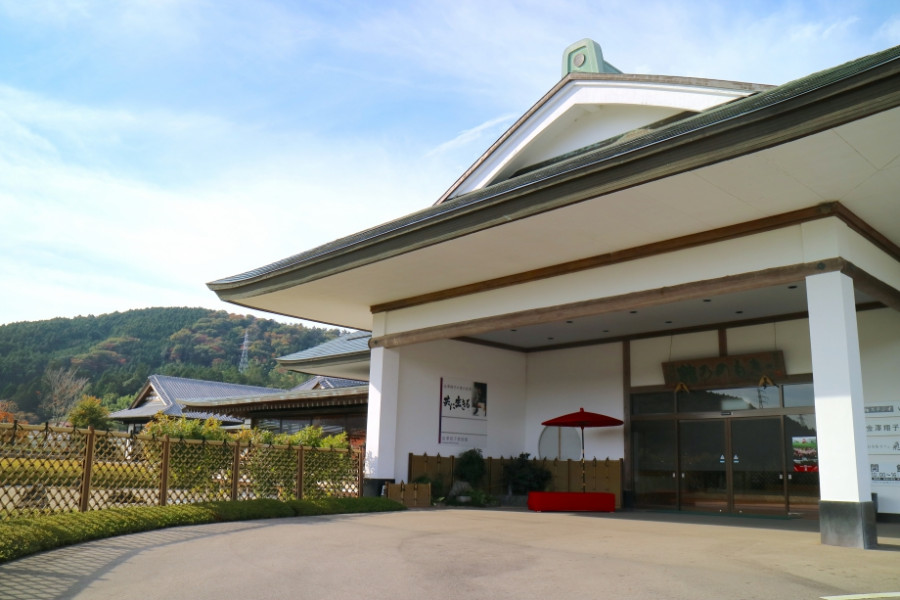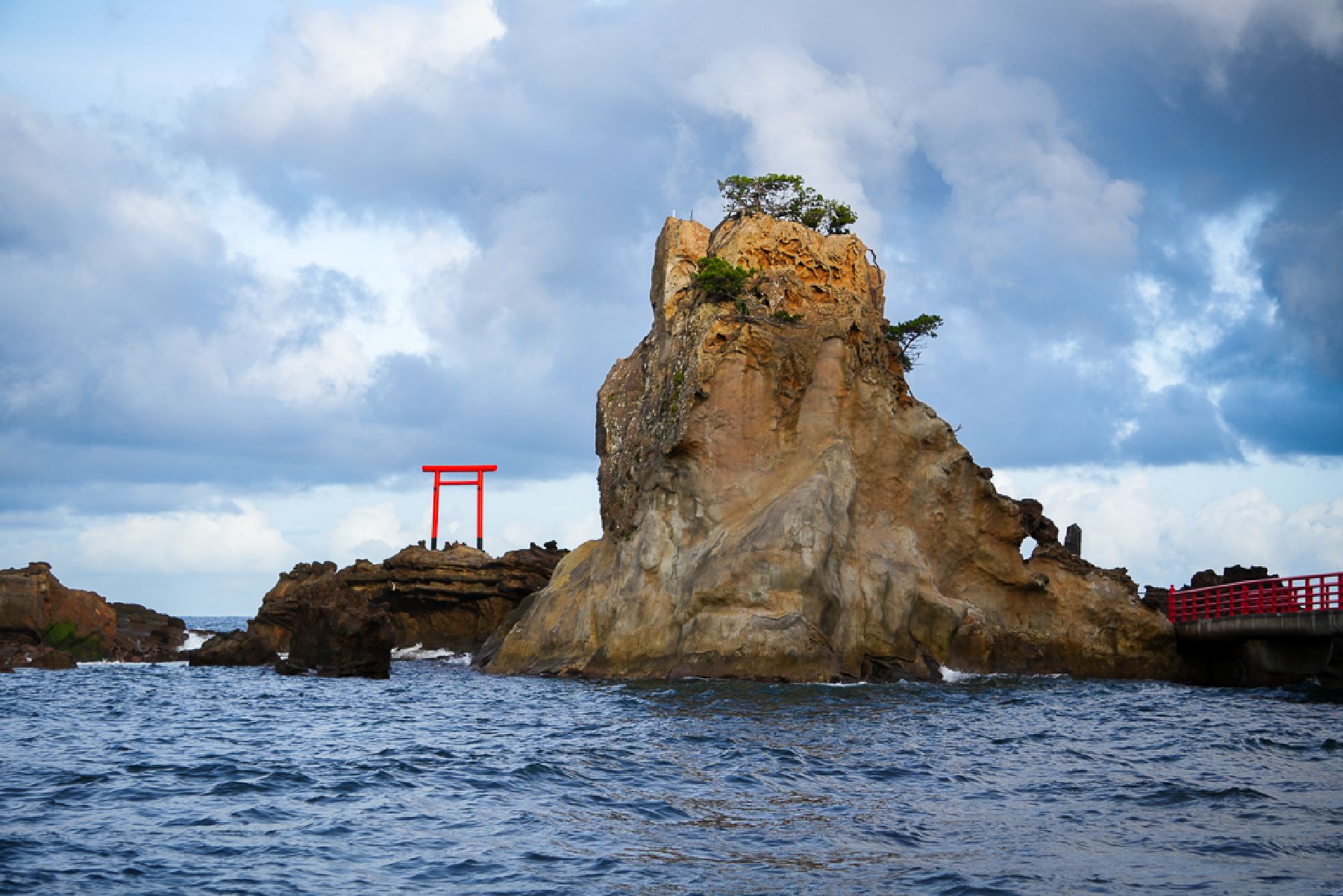
Sedette Kashima
Sedette Kashima [せでってかしま] is a service area in Minamisoma City, in the coastal area of Fukushima prefecture.The name of the facility derives from an expression in the local dialect, which could be roughly translated as “Bring me with you!”. At the entrance, the service area has life-size replicas of Soma Nomaoi participants riding horses, and monitors showing photos of the festival. There is a souvenir shop and a dining hall, places for drivers to rest, as well as a play area for children and a dog park.At Sedette Kashima, you’ll find plenty of local crafts, souvenirs and traditional items from Minamisoma.Sedette Kashima can be accessed using non-toll (local) roads.







